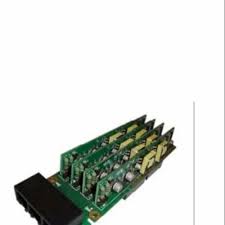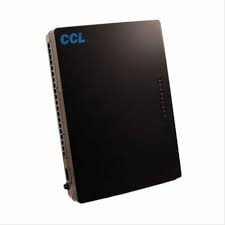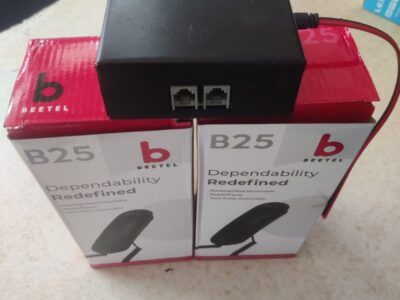The Matrix Expansion Card for SLT 8 typically refers to an expansion card for a Matrix Telecom device, such as a PBX or communication system. The “SLT 8” model may be related to a system supporting Single Line Telephones (SLT) or a particular configuration for analog telephony.
However, without precise details on the specific model you’re referencing, I will provide a general outline of what such an expansion card might feature for a telecom system like a Matrix SLT 8 or similar devices:
General Specifications of Matrix Expansion Cards (for SLT 8):
1. Interface and Connectivity:
-
Ports: The card will likely have a set number of telephony ports, such as:
-
Analog extensions (for connecting standard single-line telephones).
-
FXS (Foreign Exchange Station) ports to connect telephones or fax machines.
-
FXO (Foreign Exchange Office) ports to connect to external telephony networks.
-
-
Communication Protocol: The card typically supports analog signaling for connecting SLTs.
2. Compatibility:
-
Device Compatibility: The expansion card will be designed for compatibility with Matrix PBX systems or similar devices. It should fit into a specific slot within the Matrix telecom server or unit.
-
Expansion Slots: The card may need an open slot on the main system (e.g., a Matrix Matrix-3600 series or similar).
3. Expansion Capacity:
-
Number of Lines/Extensions: The card expands the number of available SLT lines, typically with 8 ports or more.
-
Port Density: Some expansion cards may support 4, 8, or even 16 lines in total depending on the model.
4. Power and Management:
-
Power Supply: The card is likely powered through the main unit but may require additional external power for higher port counts.
-
Configuration Management: The card may include its own management interface or be configurable via a web-based system, where you can set up telephony features, such as call forwarding, voicemail, etc.
5. Signal and Audio Quality:
-
Voice Compression: If the card supports digital telephony alongside analog, it might offer certain compression standards (e.g., G.711, G.729).
-
Echo Cancellation: Some models may include echo cancellation to improve the quality of calls over long-distance analog connections.
6. Safety and Compliance:
-
Regulatory Certifications: The card will comply with local telecommunications regulations (e.g., FCC for the U.S., CE for Europe).
-
Overcurrent Protection: Built-in protection to prevent hardware damage from electrical surges or faults.
7. Additional Features:
-
Support for Multiple Telecom Networks: If it’s an FXO card, it may allow the system to connect to both PSTN (Public Switched Telephone Network) lines and VoIP (Voice over IP) services.
-
Caller ID: Support for displaying caller ID information on SLTs.
-
Ring Detection: Support for detecting ring signals for outgoing/incoming calls.
8. Physical Specifications:
-
Form Factor: The card may come in a standard PCI, PCIe, or proprietary format depending on the Matrix device design.
-
Dimensions: Typically a low-profile card designed to fit into a standard telecom or PBX chassis.
-
Cooling: May include passive or active cooling depending on the card’s complexity and port count.
9. Firmware/Software Updates:
-
Firmware Support: The expansion card might require periodic firmware updates to improve performance, compatibility, or add new features.
-
Software Compatibility: It would work with Matrix’s telecom software, which allows the user to configure the system, monitor call quality, manage extensions, etc.
Example Use Case:
-
Matrix SLT Expansion Card for PBX Systems: This expansion card can be used in a corporate office setup where multiple analog phones need to be connected to a central PBX system. It could add support for 8 additional single-line telephones (SLTs) to an existing system, making it possible to scale up telephony capacity.
















